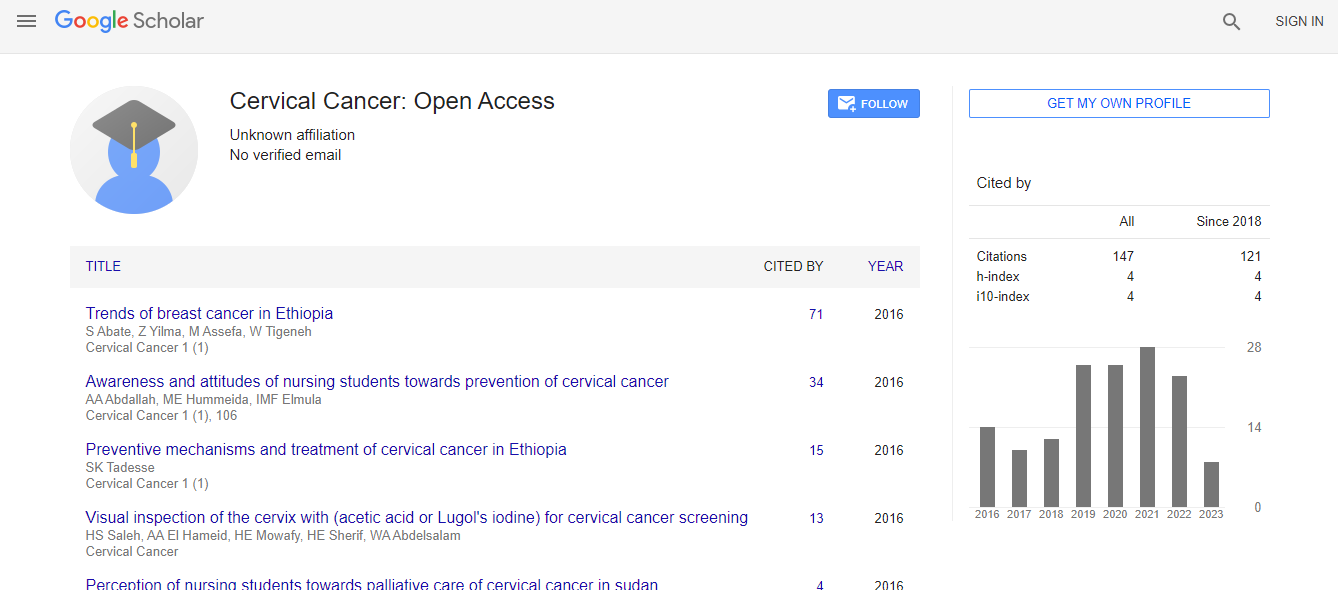HPV-DNA Screening as a Primary Cervical Cancer Screening Modality in Zimbabwe: Obstacles and Recommendations
*Corresponding Author: Ethel Essel, Department of Emergency Medicine, Canada, Email: Ethel.e@ualberta.caReceived Date: Jul 29, 2023 / Published Date: Aug 28, 2023
Citation: Essel E (2023) HPV-DNA Screening as a Primary Cervical Cancer Screening Modality in Zimbabwe: Obstacles and Recommendations. Cervical Cancer, 8: 177.DOI: 10.4172/2475-3173.1000177
Copyright: © 2023 Essel E. This is an open-access article distributed under the terms of the Creative Commons Attribution License, which permits unrestricted use, distribution, and reproduction in any medium, provided the original author and source are credited.
Abstract
The World Health Organisation's 90-70-90 cancer strategy is premised upon the implementation of human papillomavirus deoxyribonucleic acid (HPV-DNA) testing as the primary cervical cancer screening modality. The ultimate aim is to reduce the age-standardized incidence of cervical cancer to less than 4 per 100 000 by the end of the 21st century and eliminate the disease as a significant global health concern. Zimbabwe, like other countries in sub- Saharan Africa, has a high burden of cervical cancer, with data from the Zimbabwe National Cancer Registry showing that cervical cancer is the leading cause of cancer deaths among women. This is despite visual inspection of the cervix with acetic acid (VIA) and cytology being available as screening modalities. These programs have suffered several implementation challenges, and the success of implementing HPV-DNA screening programs will depend partly on addressing the challenges that have been faced by these pre-existing programs. Additionally, other challenges unique to HPV-DNA testing must be anticipated with adequate measures put in place to avert these potential challenges. This calls for a close collaboration between academia, clinicians, public health stakeholders, policymakers, and implementing partners to ensure the success of the program and avert cervical cancer deaths.

